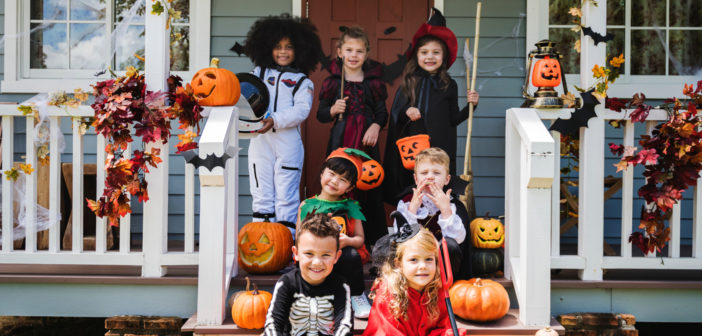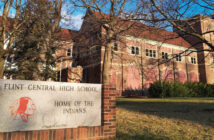Since most of us can remember, Halloween has always been celebrated as a time of costumes, candy, thrills and ghost stories. It is something adults and children look forward to every year. When October begins, one of the first questions we ask our children is, “what do you want to be for Halloween?” while pondering our own macabre transformation. It is a tradition that ranks with Thanksgiving and Christmas. But when you really think about it, it’s a very strange concept. Why do we dress up just to scare the dickens out of each other? Why do we pass out sweets? How in the world did this thing start?
The answer is simple. Our Halloween holiday began with ancient Celtic religious festival called Samhain.
Ancient Celts celebrated Samhain the night of October 31 to celebrate the harvest and to welcome in “the dark half of the year.” Celebrants believed at this time that the barriers between the physical world and the spiritual world would become thin during this time, allowing humans and spirits to “interact.” After the harvest was completed, the Celtic community joined with Druid priests to light a large bonfire to complete the ceremony.
Costumes were a part of the ancient festival. Since it was believed that the barrier between worlds was able to be breached, Celts would leave offerings to spirits or fairies outside of villages. This kept the fairies away if ancestors attempted to cross over into the physical realm. Celts also protected ancestors from malicious spirits by dressing as animals or monsters in an attempt to scare them off.
In the middle ages the festival evolved to included carved turnips called Jack-o-lanterns, which later were switched to pumpkins. The next tradition to be included was called the “dumb supper” in which celebrants would consume a large feast inviting dead ancestors to join in. Here the living would update the dead on yearly events. Cakes would be left near open windows overnight allowing the dead to feast.
In the 19th century, Irish immigrants brought the festival to the United States under its newly adopted name “All Hallows Eve” or “Halloween.” Trick-or-Treating was developed from the Irish practice of “mumming” wherein costumed participants traveled door-to-door singing songs to the dead. Payment came in the form of small cakes. The festival continued to evolve from here into what we understand today as Halloween.
So, go out you mummers! You ghosts and goblins. Go earn your sweets and fill your pillow cases. But be wary, because the walls are thin, and something may be lurking in the dark.
Have a frightfully fun Halloween!








